Author: Richard Dredge
Photography: Lamborghini
Since Lamborghini burst onto the scene more than six decades ago, it has created some of the most widely recognised supercars including the Miura, Countach and Diablo. In fact the company has such a high profile that you could be forgiven for assuming that all of its models are seared into the consciousness of enthusiasts. Not so, because we’ve previously brought you the stories of the Islero and Silhouette and there’s one more to go: the Jarama.
Launched at the March 1970 Geneva Salon, the Jarama picked up the baton from the Islero, so it was a 2+2 with Lambo’s familiar Bizzarrini-designed V12, in 3929cc form. But whereas the Islero featured a tubular chassis, its successor had a steel platform that was essentially a shortened version of the Espada’s. Designed by Marcello Gandini, there were distinct shades of the Iso Lele in the Jarama’s shape, which is no coincidence because that car, which was also penned by Gandini, was revealed the previous year.
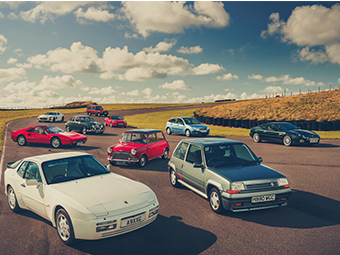
The Jarama certainly had presence. With its low and wide stance, peaked headlamps and heavily flared wheelarches, the Lambo was distinctive. There were also twin NACA ducts in the bonnet, there to feed fresh air into the cabin rather than the engine. But sadly they were all show and no go, as we’ll see shortly…
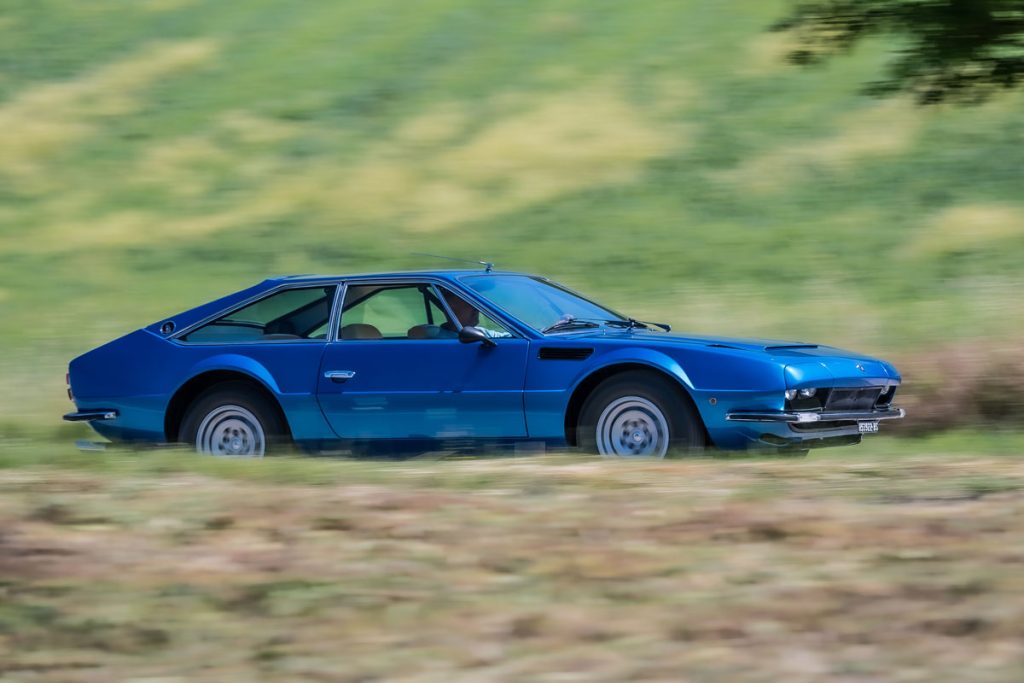
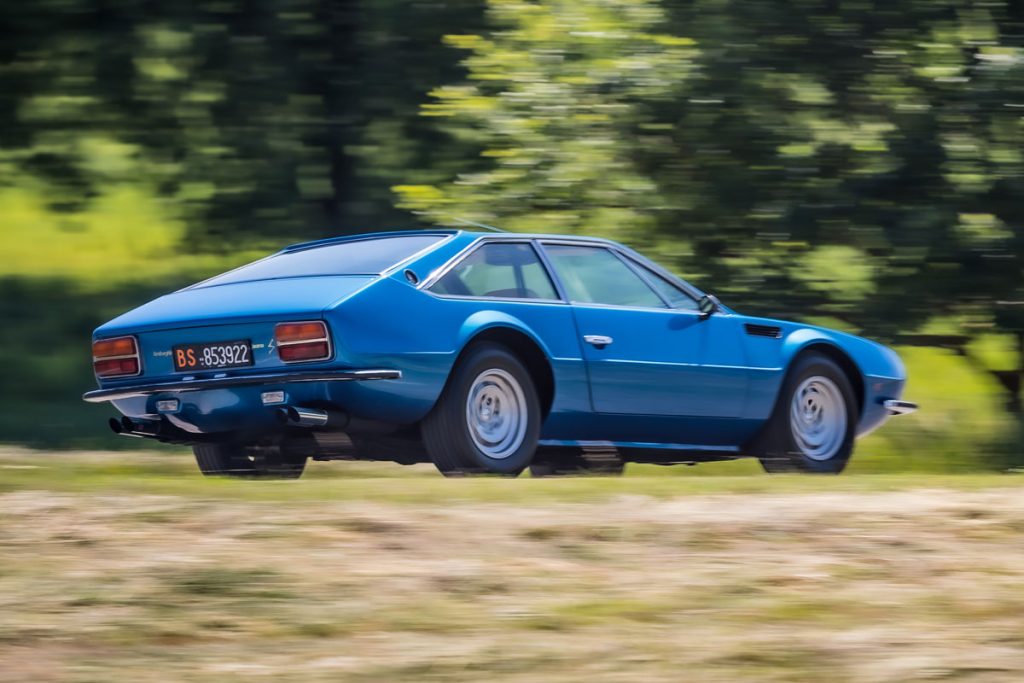
That quad-cam 60-degree V12 in the nose was fed by a sextet of twin-choke Weber 40 DCOE carbs, and as such it was rated at 350bhp at 7500rpm. There was also 289lb ft of torque at 5500rpm, but what really impressed was the grunt at tickover; the Jarama would pull with just 600rpm on the dial. All of this was enough to take the car all the way to 162mph, having despatched 0-60mph in just 6.8 seconds, with 0-100mph pegged at 16.4 seconds.
The Jarama’s power was sent to the back wheels via a five-speed manual gearbox, and to rein it all in there were disc brakes all round and double-wishbone suspension at each end. Cast alloy wheels were standard, but you’d have to pay an extra £280 for air conditioning, while metallic paint would set you back another £220.
More than a year after the Jarama was unveiled in Geneva, Motor finally tested Lamborghini’s latest 2+2. Priced at £8958, it was cheaper than a Miura or Espada, but much more costly than a Jensen FF II (£7705), Iso Rovolta (£5450) or Bristol 411 (£6997), while even a Ferrari 365 GT was slightly cheaper at £8749. Aston Martin’s most expensive car, the DBS V8, was £7501, whereas the same car but with six-cylinder power was a ‘mere’ £6210.
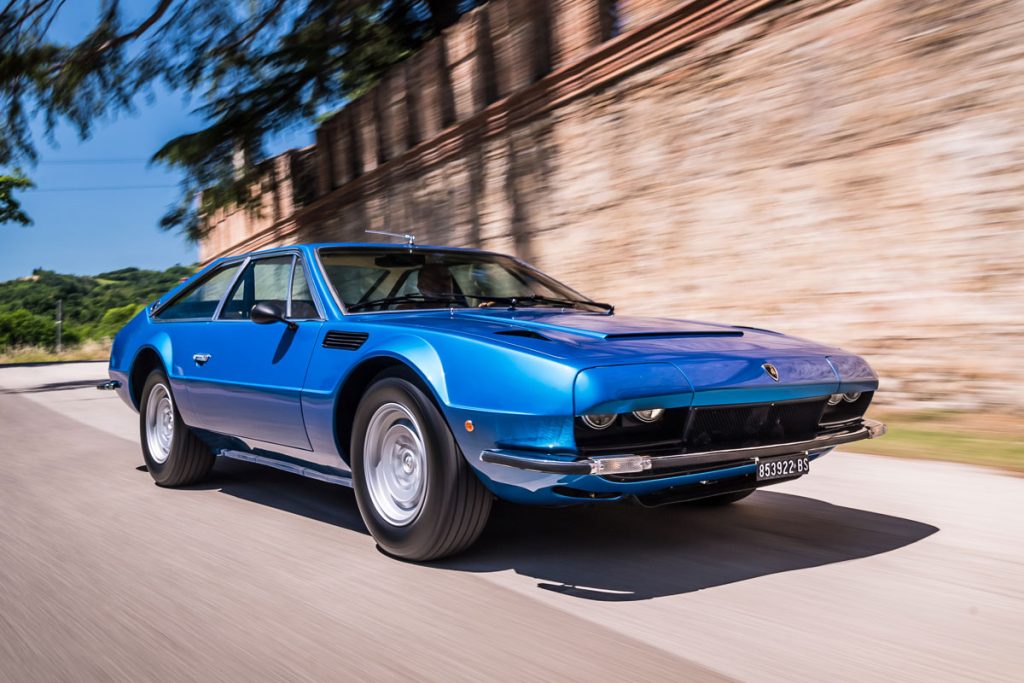
It was against this backdrop that Motor reviewed the Jarama, opening with “Does value really matter when you can write a five-figure cheque without looking at your bank balance?” The world was a very different place before the advent of relentless growth targets aided by PCPs and easy finance…
Another thing that’s changed is the quality of the cars. Motor collected the first right-hand drive Jarama in Sant’Agata and drove it back to (then around) the UK, covering 2000 miles or so in the process. Things did not run smoothly… The magazine’s opening gambit was that “it doesn’t look like £9000-worth inside, and one’s initial impression is clouded by the poor driving position, heavy steering and indifferently planned cockpit”. Oh dear.
With its shockingly poor ventilation, seriously cramped rear seats (too tight even for 10-year olds), poor all-round visibility, ludicrously heavy steering, short range thanks to a small fuel tank and a 12mpg thirst, plus a low-rent interior, the Jarama really struggled to justify its price. Things got even worse when it came to the lighting because the headlamps were woefully inadequate – and that’s before all of the lighting failed altogether because of an electrical glitch. Nine grand you say?
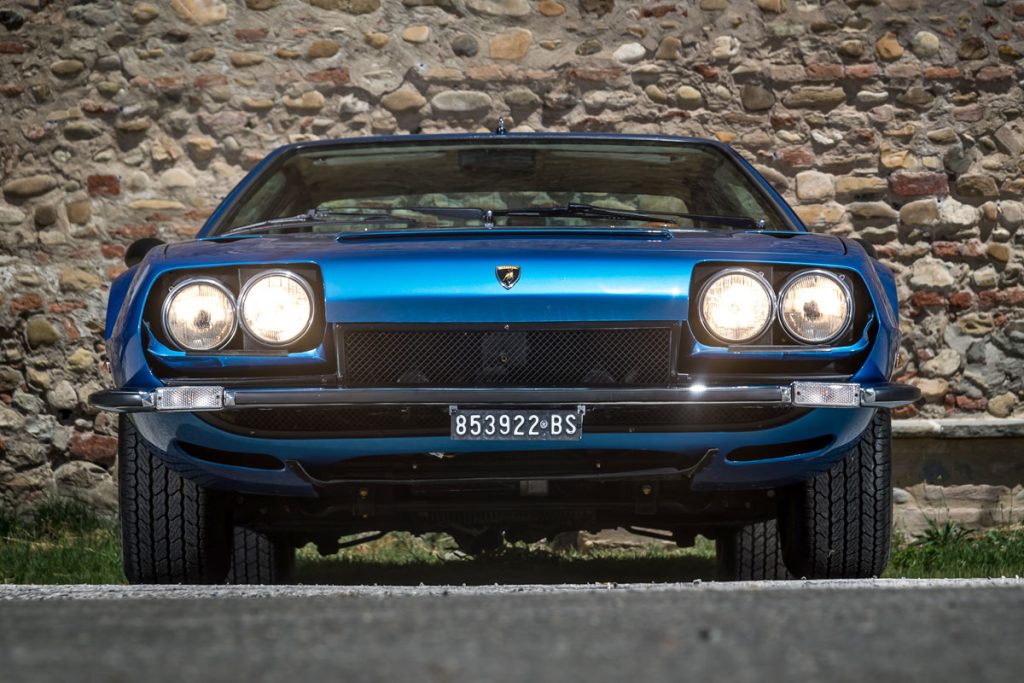
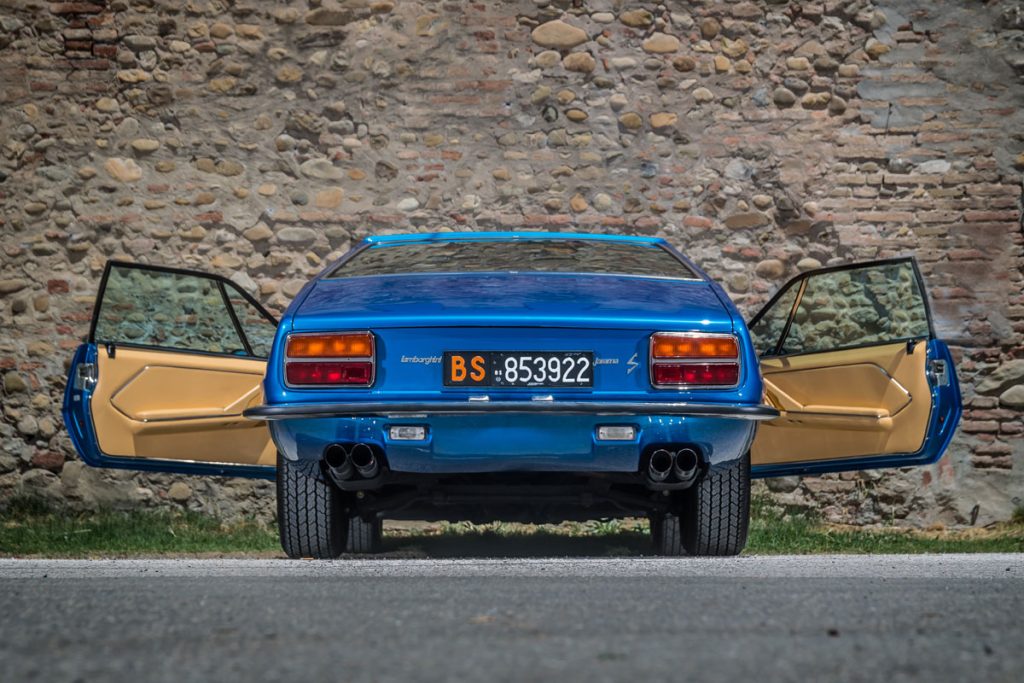
But it wasn’t all bad news, because the Lambo’s ride quality was better than many luxury saloons, its performance was deeply impressive and the soundtrack was nothing less than glorious. It also featured that raging bull on the bonnet, so if you wanted bragging rights at the golf club, the Jarama more than fitted the bill.
Unfortunately, Motor’s experiences weren’t unique. Road & Track tested a Jarama 400 GT in summer 1972, its opening summary running ‘A Lamborghini is a Lamborghini, but this one wasn’t up to the usual standard’. Priced at a hefty $22,625, R&T reckoned the Jarama’s cabin was badly laid out, the V12 was lacklustre and the car was overweight, while the build quality throughout was indifferent at best.
Whichever review you read there was undoubtedly plenty of room for improvement, and in summer 1972 the Jarama S was introduced. It was at this point that Ferruccio Lamborghini sold 51% of the company to Swiss businessmen Georges-Henri Rossetti and René Leimer. The Jarama S that they inherited featured a completely overhauled interior with a new dashboard and centre console, redesigned back seats, plus Espada wheels. There was also now a bonnet scoop to feed air to the slightly uprated engine that now had a claimed 365bhp, to add a claimed 5mph to the top speed. but all of this made little difference to sales.
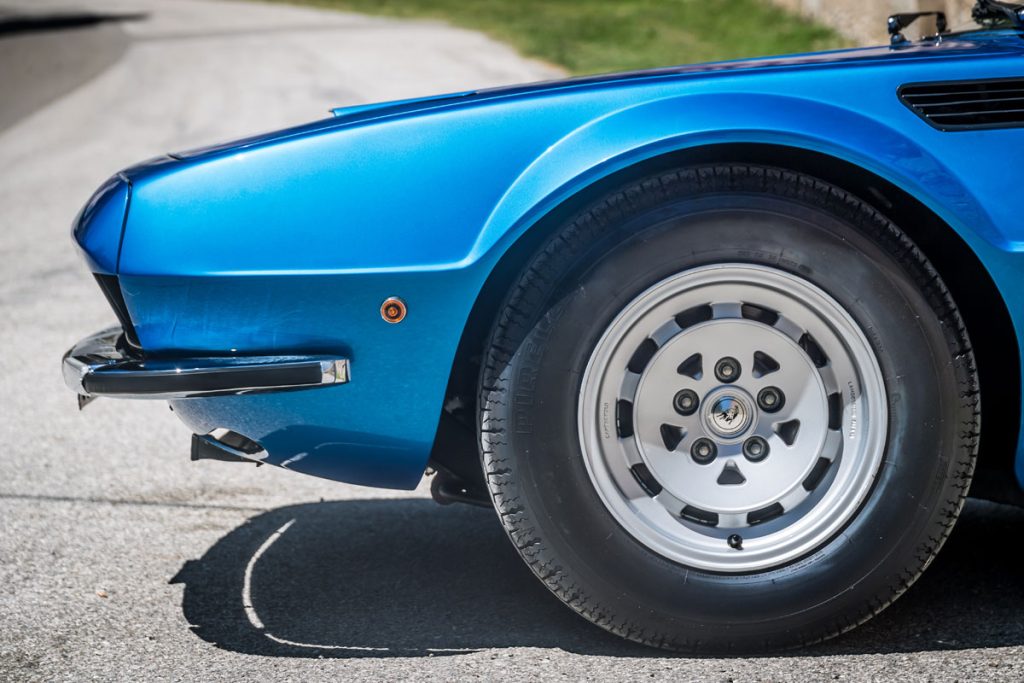
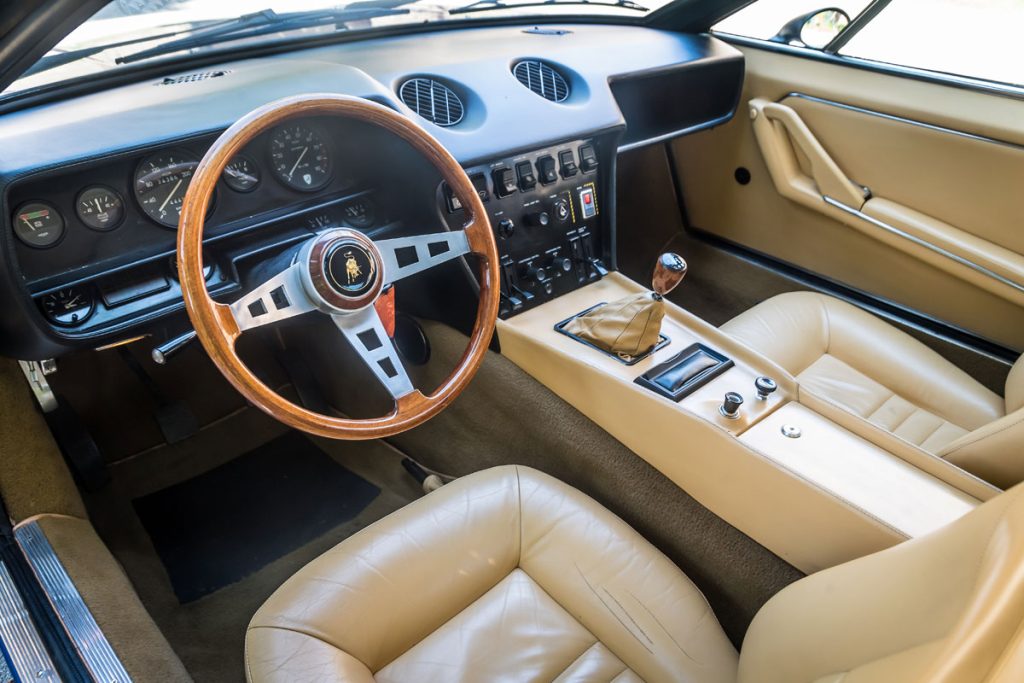
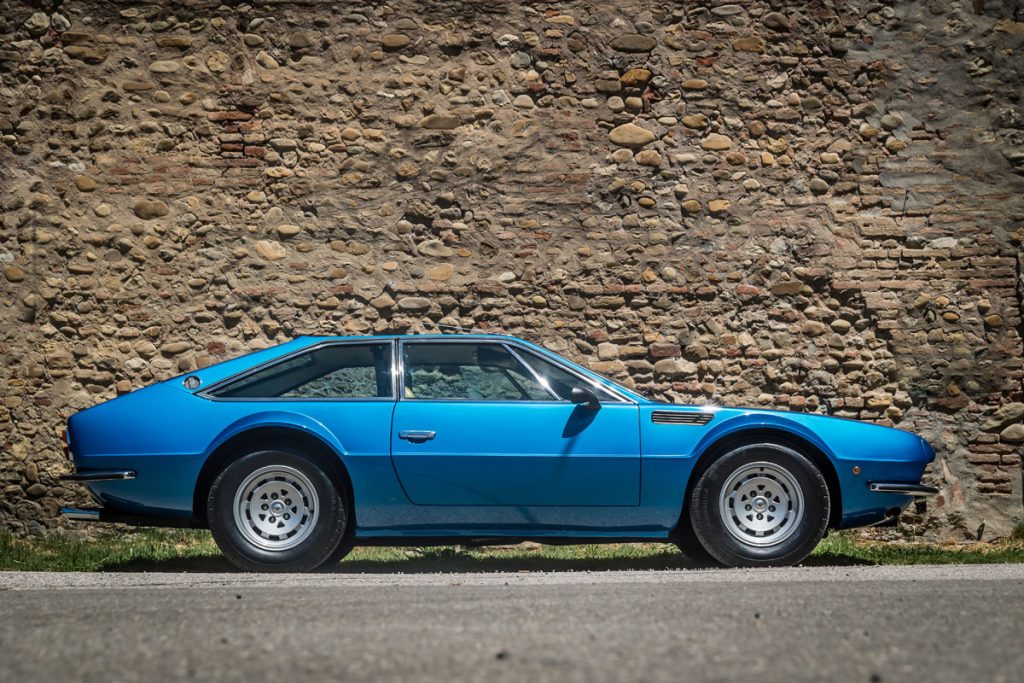
The Jarama was just the thing for the international playboy who wanted something a bit special and had the wherewithall to pay for it. The problem was that there weren’t enough international playboys to go round, and sales were hard to come by for the Jarama’s entire existence. Incredibly it remained in production all the way through to 1978, by which point 177 examples of the initial model had been made, along with 150 copies of the Jarama S.
It’s reckoned that out of those 327 cars, just a dozen or so were made with right-hand drive, several of which are known to have bitten the dust thanks to previously low values. Not any more though. Find a nice Jarama, and most have now been restored to a standard far better than when they left the factory, and you’ll have to part with the thick end of £200,000 for it. Not bad for a car that most of the world has either forgotten, or didn’t know existed in the first place.



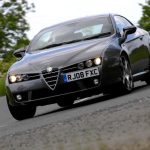




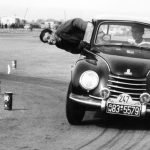
International playboys, huh? Playboys don’t drive cars! They drive women. Check James Hunt. The guy had a Mini!